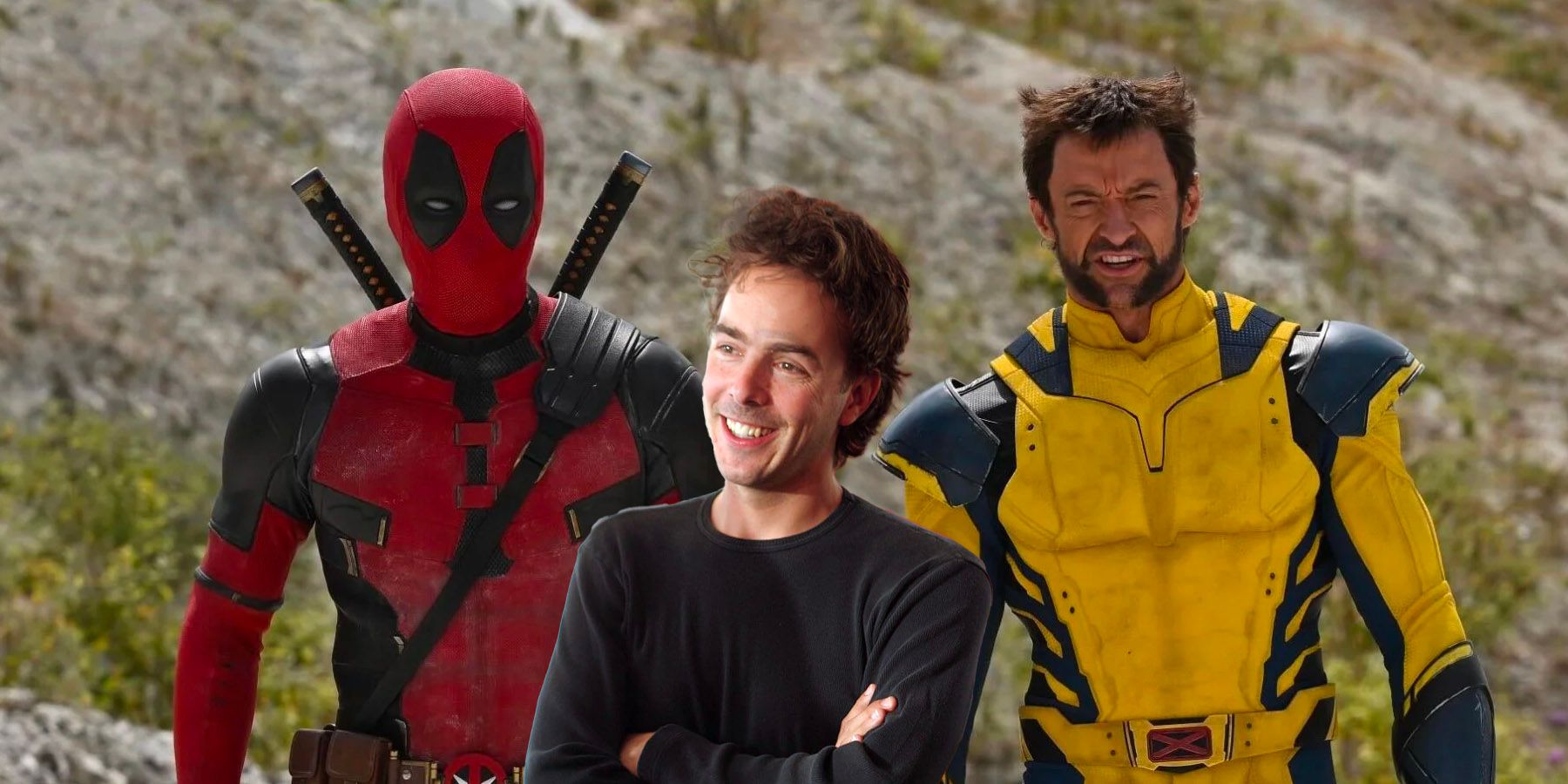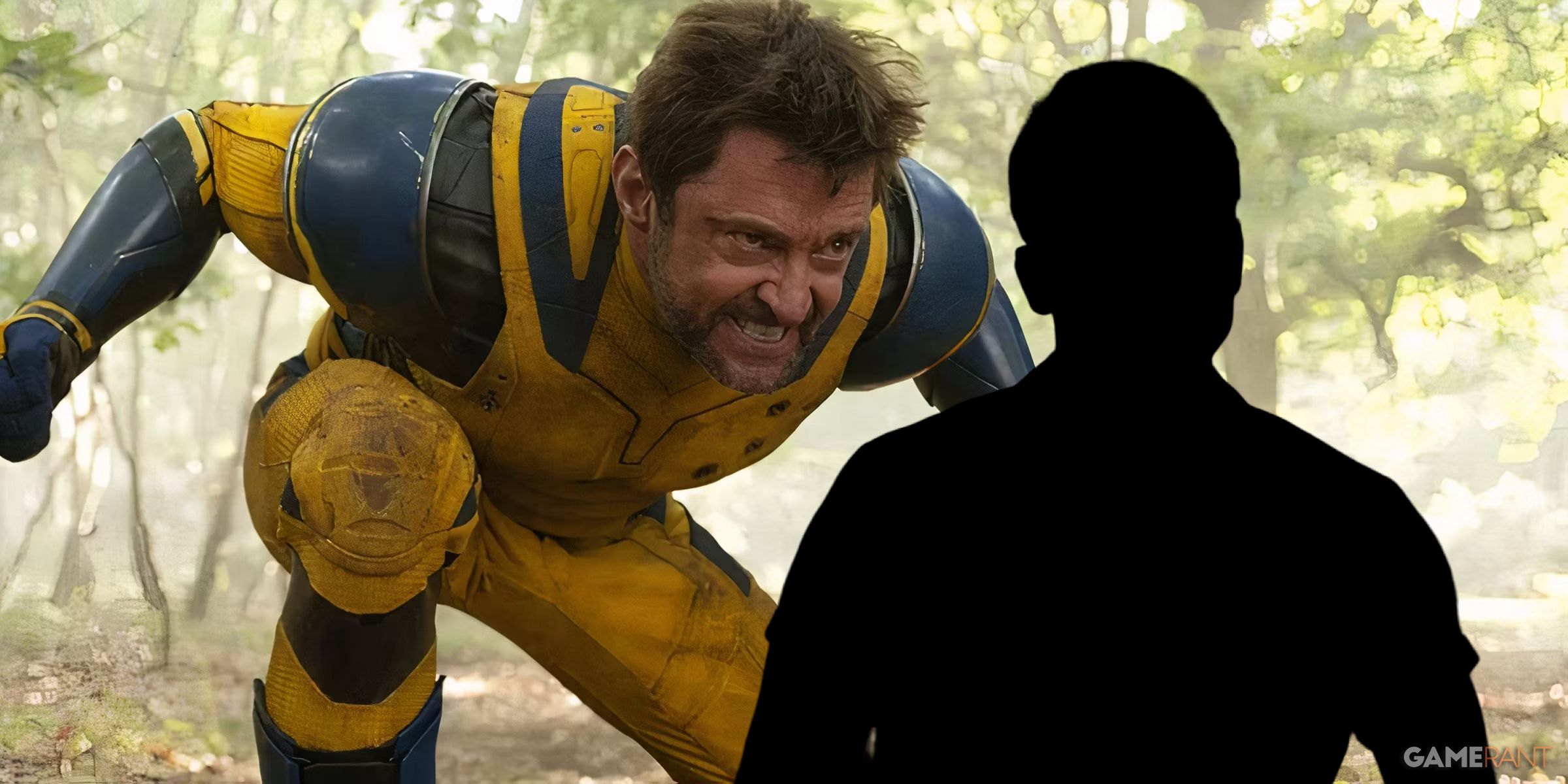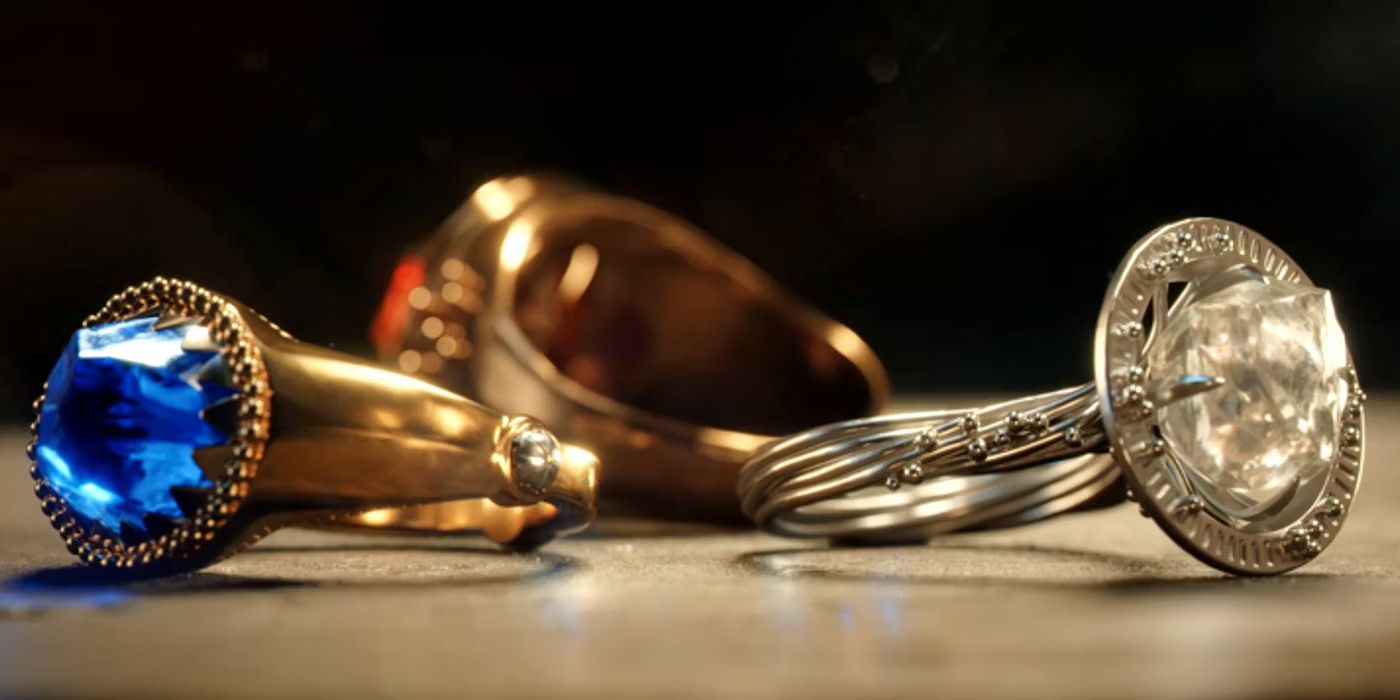Parallel universes and alternate realities, in which the decisions of the main characters can result in an infinite number of outcomes, have become increasingly common in modern day film and television. There are several examples of this in the Marvel Universe alone, with films like Spiderman: No Way Home and Doctor Strange: Multiverse of Madness having this concept at their core. The Disney+ series Loki also centers around the Sacred Timeline, and there is a whole host of enforcers who are willing to terminate anyone who threatens to divert from that timeline.
Outside the Marvel universe, there’s no shortage of movies and series that interact with this idea, ranging from sci-fi films like Looper and Source Code, to shows like Star Trekand Supernatural, and the widely successful show on Netflix, The OA, to touch briefly upon a very broad spectrum of this genre. However, despite its huge prevalence in today's media and entertainment, the concept of parallel worlds isn’t a modern or new concept. In fact, theories about alternate realities caused when atoms collide can be dated back as far as Ancient Greece. In terms of on-screen adaptations of this concept, movies can be seen well before the 2000s that touch upon the topic.
In Film
Arguably the first well-known representation of this concept on a movie screen was the original Wizard of Oz film that was first broadcasted in 1939. Dorothy is transported out of her home in Kansas alongside her faithful companion Toto, and placed in a very different universe in which witches and wizards with magical powers exist. Dorothy goes on a long journey, battling many dangers, in order to find her way back to her Aunt Em and Uncle Henry in her original realm. She meets friends along the way, most notably of which are the Scarecrow, the Tin Man and the Cowardly Lion, and they try to find the Wizard before realizing that he has been exaggerating all along, and cannot return her home.
When Dorothy does eventually find her way back to Earth thanks to the magic slippers of Glinda the Good Witch, she wakes up to find that the characters from her time in Oz are three of the men who she has seen around the farm. It is left ambiguous as to whether she really did go on this otherworldly adventure, or whether she bumped her head and imagine the whole thing. Regardless, it seems pretty obviously a parallel world by all accounts.
In Television
One of the earliest known instances of alternate worlds being addressed on television was in 1963, in an episode of The Twilight Zone titled "The Parallel." In this story, an astronaut returns to Earth to discover that his life is different in this reality than they were in the one he left. Certain things about his house and his family have changed, his space capsule doesn’t quite work the same way as before, and most importantly, no one has ever heard of John F. Kennedy, who is the president at the time. Luckily for Robert Gaines, the protagonist of the episode, the nightmare is short-lived, and he is able to get back into his capsule and return to his own life and his own world, where he rejoices in finally being home among the family that he knows and loves.
Shortly after this, an episode of Star Trek: The Original Series aired in 1967 called "Mirror Mirror." During this episode, Captain Kirk and his crew are replaced by their evil doppelgängers after a transporter malfunctions, and must battle to find their way back to their own version of reality. This concept is highly popular within later Star Trek series, and reappeared across several episodes, with one fan favorite being Next Generation's "The Inner Light."
In this episode, Captain Picard comes across a beam of light that presents him with a vision of a parallel world. In this version of reality, Picard lives an entire lifetime, involving falling in love, having children, growing old, before he wakes back up in his original timeline to find that a mere second has passed, a literal blink of an eye, and that none of it was real. However, at the end of the episode, he returns to his chambers and plays the flute — a skill he only learned in the other reality — which suggests that these parallel lives and opportunities that exist can be tapped in and out of, and retained within the lived experiences of other timelines. This can also be seen as a theme in the newest series of Picard.
These early explorations of traveling between timelines, alternate realities, and parallel universes has changed the way humans think about reality at large. From actual scientific studies to conspiracy theories worldwide, many seem to agree that there are other realities besides ours.






.jpg)